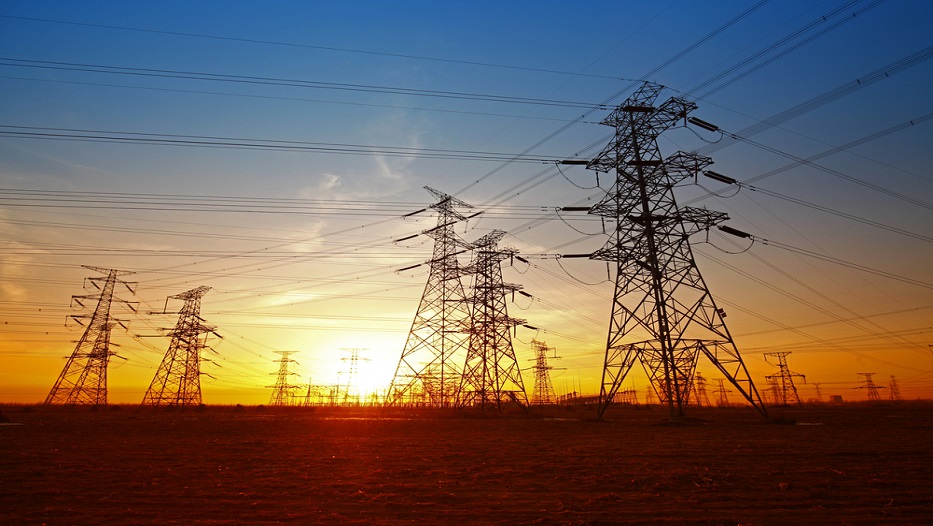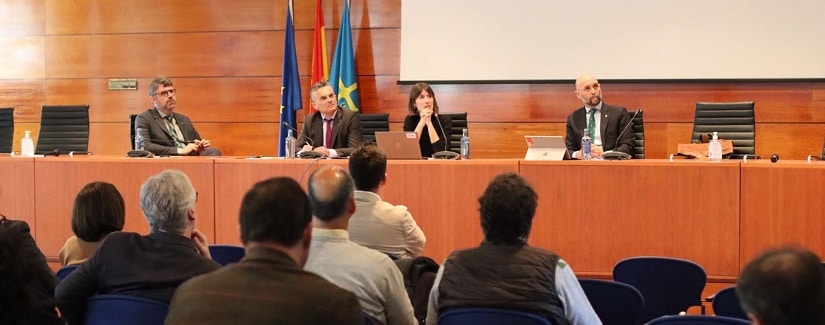The constant demand for electricity from consumers, who are increasingly dependent on this source of energy, has made electricity networks a key component of society and industrial development. As a result, active trade in electricity has been developed through a system of international exchanges comprised of high voltage lines and substations that allow for the cross-border exchange of energy.
In the past several years, countries’ efforts to reach agreements to develop regional electrical interconnections have increased, as these interconnections provide large-scale systems for generation and, consequently, optimization of energy resources. These transactions are regulated by bilateral agreements between states and operate under the supervision of the participating nations’ electricity management organizations. This guarantees coordination in energy transmissions and protects systems from situations that could threaten the availability of electricity.
These interconnections provide a number of benefits for the connected nations:
– They guarantee the security and continuity of supply. Interconnections act as the main and most immediate support in the event of failures or other incidents that could hinder the national system’s normal circuit. Electrical mechanisms become more stable as they become more intermeshed and interconnected.
– They provide greater stability and a guarantee of frequency. In interconnected systems, the grids of other countries occasionally reduce distortion in the power factor in national infrastructures, thus improving the quality of the supply.
– They improve the efficiency of the interconnected systems. With the unused available capacity in the lines, daily electricity sales exchanges are established to take advantage of the different prices for electricity between electrical systems. In addition, any surpluses produced can be offloaded through electricity exportation.

– They increase competition between neighboring systems. The possibility of importing energy from other countries forces national operators to provide more competitive proposals if they want their offers to be accepted, leading to a decrease in wholesale electricity prices.
– They reduce dependence on single providers. International exchanges boost the number of options end consumers have for their electricity supply, which also strengthens the security of the system and the free market.
– They allow renewable energy sources to be better used. Greenhouse gas emissions are reduced by taking advantage of synergies between regions, thus increasing the flexibility of the electrical system and allowing for greater integration of renewable energy.
Interconections, a Key Role
In order for every country to enjoy these benefits, a high exchange capacity level must be maintained. In other words, they must reach the maximum amount of instantaneous electrical power available for import and export between two electrical systems, while maintaining the safety criteria of each system.
Interconnections therefore take on a key role in the integration of electrical energy markets, to the point that in Europe they are working to create the Internal Energy Market (IEM) in Europe, which aims to merge the group of markets currently in existence in the European Union into a single market. In this way, energy could freely flow between all the member states and price convergence could be achieved.
The European Union recommends that all member states reach a minimum interconnection ratio of 10% by 2020 and 15% by 2030.
In fact, according to calculations by the European Commission, if energy markets were completely integrated, it would bring a price reduction of at least two Euros per megawatt hour (MW/h), which would help European consumers save close to 40 billion annually until 2030.
UE Electricity interconnection Ratio
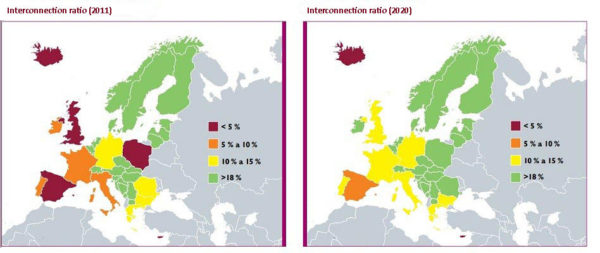
The Spanish case
To achieve this, the European Union recommends that all the member states reach an interconnection ratio of 10% by 2020 and 15% by 2030. This ratio is the total import capacity in relation to installed generation capacity. However, Spain is still far below the target. At present, the Spanish market has 8 lines of electrical interconnection with France and 11 with Portugal, in addition to the underwater electrical interconnection with Morocco, achieving a ratio of interconnection with other European countries below 5% of its installed capacity.
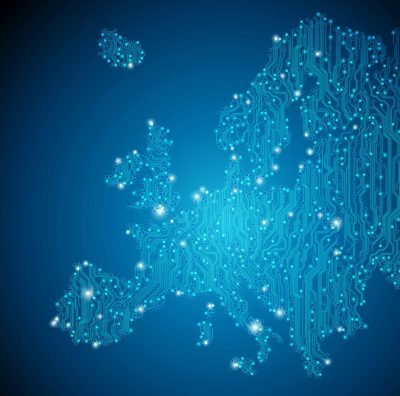
In fact, in 2020, despite the predicted interconnections, Spain will be the only country in continental Europe below the 10% objective, which means it will need to continue developing new interconnections. Among the recent projects, some worth mentioning are the northern connection with Portugal between Galicia and the Portuguese Minho, the commissioning of a phase-shifting transformer in Arkale, (Oyarzun, Gipuzkoa), and the Bay of Biscay Project.
In the coming years, strengthening interconnections is the highest priority for the development of the electricity transmission network. Investment in these infrastructures will become a true challenge and for their full implementation, compliance with several fundamental premises will be necessary. These include maintaining regulatory stability and adequate returns on investment, as well as improving social acceptance of the installations.
In this regard, France, Spain, Portugal, and the European Union signed a financing agreement in July for an electrical interconnection project in the Bay of Biscay: an underwater cable that will double the exchange capacity between Madrid and Paris. The objective is to double, by 2025, the exchange capacity between Spain and France, going from the current 2,800 megawatts (MW) to 5,000 megawatts. Together with the creation of two interconnections through the western Pyrenees, the installed capacity will increase by 8%.
Future challenges
The commitment to electrical interconnections must be clear. However, in end use energy, electricity is the type seeing the greatest potential for growth throughout the world and it will continue to increase, as it will represent 40% of final consumption in 2040, according to predictions by the International Energy Agency.
In addition, the world gains an average of 45 million new electricity consumers every year, thanks to greater access to electrical power. Even so, these gains are still not enough to achieve the universal service objective by 2030. Considering that electricity is gaining ground in transportation and heat supply, while continuing to grow in its traditional fields, this contributes to the increase in its final consumption proportion by up to almost one quarter.
To meet its growing demands, a world power such as China will need to add the current equivalent of the American electrical system to its infrastructure between now and 2040; and in the case of India, the amount needed is equivalent to the European Union’s system. Based on this, the Indian government is considering a proposal to allow neighboring countries, such as Bhutan, to participate in national electricity exchanges.
Electricity Demand to 2040
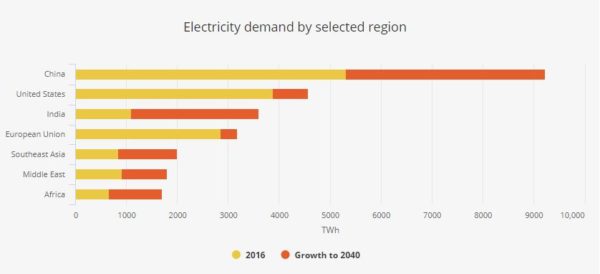
The magnitude of the future demand for electricity helps to explain why world investment in this form of energy overtook investment in petroleum and gas for the first time in 2016, and why electrical safety is clearly becoming higher-priority in policy making.
Taking these perspectives into account, interconnections between countries must address a number of challenges in the immediate future to respond to the imminent needs for the development of the electricity transmission network:
– Growth in demand that is greater than predicted, with societies becoming increasingly dependent on electricity.
– Next generation connection infrastructures, particularly for renewable energy, such as the Supergrid project, a Pan-European transmission network in its beginning stages that will facilitate integration and transmission of renewable energy on a large scale, with the objective of improving the European market.
The future of electricity transmission includes improving integration of digital technology and developing connection infrastructure for renewable energy.
– The growing use of digital technology in the economy, which improves efficiency and facilitates the flexible operation of energy systems, while also creating new potential points of vulnerability that must be addressed.
– Development of exchange mechanisms with a greater level of integration between regions with growing demand — such as China and India — and innovative resources.
– Increased supply security through the integration of a wide range of primary energy sources and technologies.
The impact of Interconnections on Renewable Energy
Renewable energy benefits greatly from international electricity interconnections, which compensate for the variability of their energy generation. This allows for a guarantee in their supply and for them to be able to maintain balance in an electrical system, as they are subject to changes in weather.
As the interconnection capacity increases, the total volume of wind power production that the system can safely integrate is also maximized, because the energy from this source that can’t be accommodated in the system of origin can be sent to neighboring systems, instead of being wasted. At the same time, when there is a lack of renewable energy production or problems in the network, a high level of exchange capacity allows energy from other countries to be received.
In fact, as recognized in the World Energy Outlook 2017 report, created by the International Energy Agency, renewable energy will receive two thirds of global investment in energy generation until 2040, as it has become the most economical source of new generation for many countries.

